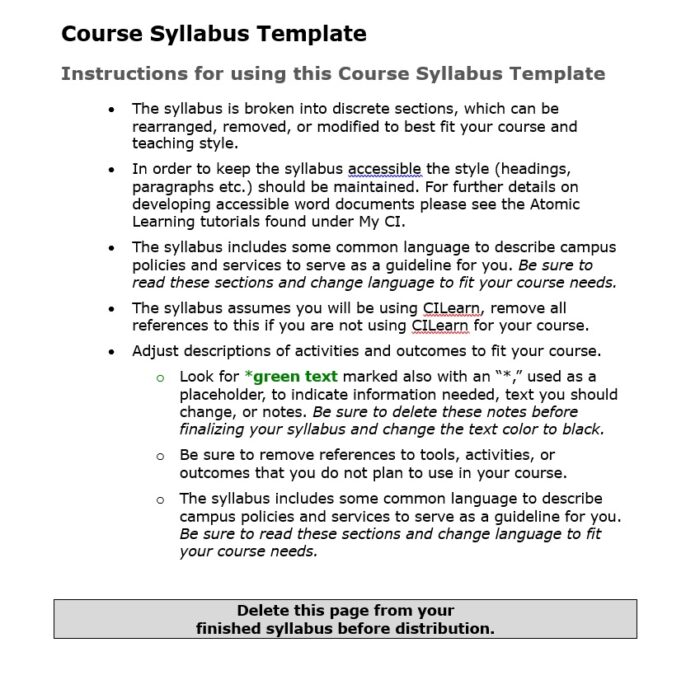A Course Syllabus is a sort of a guide to map out the structure and content of any given course. A Course Syllabus usually has information about the course content, course structure, the instructor, objectives of the course, students’ expectations, and the assignments for the course. Planning Course Syllabus can include the vision of the professor for the course and the students. A Course Syllabus leads students to challenge themselves into putting more effort into a particular semester. A Course Syllabus helps students put in organized effort into their studies. It also helps professors to set goals that are realistic. This helps provide a learning environment that is productive for both students and professors.
There are many ways of planning Course Syllabus
The course has to be designed first and then the syllabus. Course design depends on the target segment of students and what they need to learn. The Course Syllabus must lay down the unit of measure for evaluating the level of learning for students, the activities planned for them, the assignments, and material to support learning. The factors to be taken into account while designing a Course Syllabus are the segment of students for whom the Course Syllabus is being designed, what they need to take away from the course, and how to evaluate how much of the course the student has been able to internalize. A proper Course Syllabus will guarantee the desired learning outcome for students.
Identifying the students for whom a Course Syllabus is made will help in identifying their level of knowledge level. This will, in turn, help in constructing the Course Syllabus depending upon how much they can comprehend. Knowing what you want the students to be able to take away from the course will help in steering the Course Syllabus in a certain direction. Bloom’s Taxonomy is especially helpful in this area.
A Course Syllabus is also a reference point that is common for both students and professors. A Course Syllabus includes the course description, the topics to be taught, the assignments to be completed by students, the assessments to be taken by students, the policies of the course, and the expectations of both students and professors. The most important part of the course description is the course content and the learning objective. The course content basically includes the content of the course and tells the student how the content fits into the larger discipline. Learning objectives based on Bloom’s taxonomy like identifying, applying, etc. are easier to evaluate than objectives like understanding.
A Course Syllabus should also have the topics scheduled in due course and the readings for it should also be listed in it. Other course material should also be listed in a Course Syllabus. It should also list learning goals for students, the length or estimated scope of the topic, the criteria for assessment of students, and the dates for assessment. Students need to know how much each assignment will add to their final grade. Another important factor in a Course Syllabus is course policies. These may be policies like inclusiveness, integrity, responsibility, and expectations of the successful completion of the course.
Download Course Syllabus Form Template

Traditional Course Syllabus Template

Course Syllabus Template Word
